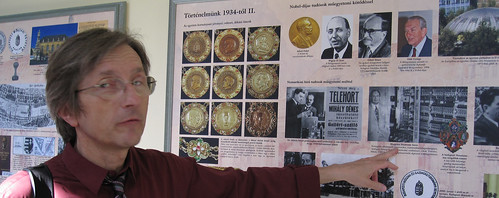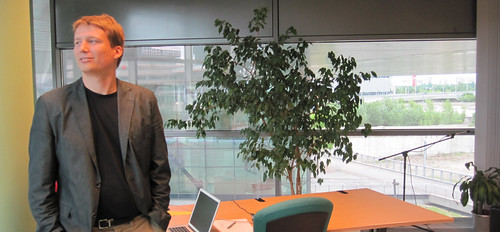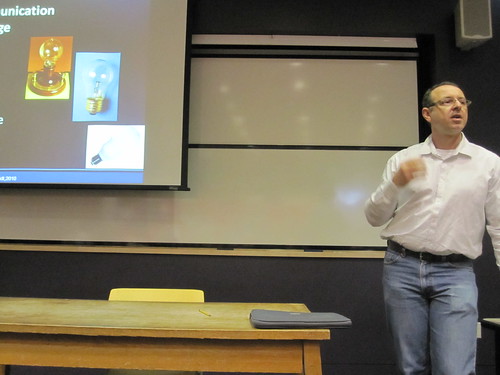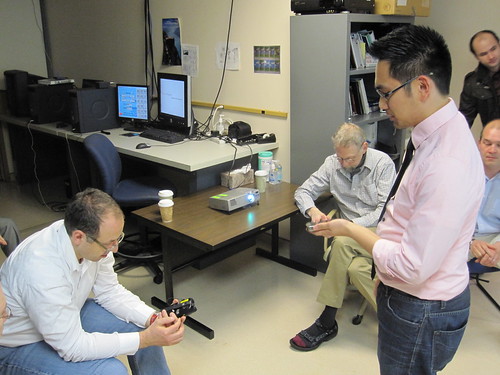 Around this time each year I spend a considerable amount of time writing and submitting graduate school recommendations for students who have worked in my lab. How should graduate programs collect these recommendations?
Around this time each year I spend a considerable amount of time writing and submitting graduate school recommendations for students who have worked in my lab. How should graduate programs collect these recommendations?
- Use online forms.
- Allow one-click access to forms (don’t require login).
- Require students to provide recommender personal information.
- Ask for recommender information that matters (e.g. recommender’s website) and leave out information that hasn’t mattered in 20 years (e.g. fax).
- When evaluating applicant attributes, select a small number of relevant questions (e.g. is this applicant likely to complete a PhD?).
- Allow uploading, and then reviewing, recommendation letters.
- Confirm receipt of recommendation.
- Carefully test the recommendation system (online or otherwise) and fix bugs before using it.
Interested in the details? Read on 🙂
Please don’t make me create another account! The review process usually starts with an email from the graduate program’s recommendation system. I like systems that allow a single-click access to the review. I really don’t like being asked to create an account in order to submit a recommendation – this is cumbersome and I really don’t see the point.
You need my website, but not my fax. The next step is for the reviewer to submit or confirm personal information, such as institutional affiliation. Ideally this information is not very detailed and has been completed by the applicant when requesting the recommendation. How detailed should the personal information be? Well, having to fill out my mailing address and fax feels like a waste of my time! Let’s face it, no one will ever fax me anything. On the other hand, I really like programs that ask for the reviewer’s website. Isn’t this how today’s professionals are supposed to present themselves to the world?
Keep it short. Next, graduate programs usually ask for the reviewer’s assessment of different aspects of the applicant’s abilities, such as his/her intellectual ability. E.g. reviewers are asked to assess these abilities on a 5-point scale. I think it makes sense to focus on a small number abilities that are of importance to the program. E.g. a program might ask a reviewer to assess the likelihood of an applicant becoming a productive researcher. Long lists of abilities might seem reasonable, but I personally prefer being in essence asked if the applicant is likely to complete the graduate program. After all, that is what really matters.
Let me upload the recommendation as a file. To get detailed information about an applicant, programs ask for letters of recommendation. I like programs that allow the reviewer to upload the recommendation letter as a document. Some programs require typing/pasting in the recommendation into a webpage field. This is cumbersome.
Can I see that one more time? Having uploaded the file, or for that matter typed/pasted in the recommendation, it is important for reviewers to be able to review what they entered. Many reviewers write recommendations for multiple students, and if they are like me, they want to confirm that they didn’t accidentally upload the wrong recommendation 🙂
Confirm receipt. Once the recommendation is submitted, it is nice to receive a confirmation email from the program. This gives me the peace of mind that the review is complete and can also be useful if the student is curious if the review has been submitted. Also, it allows me to delete all correspondence related to this program.
Let me also describe three cases that I encountered when the recommendation process reflected poorly on the graduate program.
How dare you try to submit a recommendation before logging out from the previous session? Yes, in effect this was the message I received when trying to enter a recommendation. I think I closed the browser window after completing one recommendation and then started a second one in a new window. However, just closing the first one wasn’t enough; I was supposed to have logged out first! Some recommender I am when I can’t even do that 😉
Path dependent content is not good. One recommendation system first collected my personal information and then asked me to respond to two short questions. After responding to the questions I moved to the next page and was asked to finalize/submit the recommendation. What about a recommendation letter? I thought that perhaps I just missed the page/field/something where I could submit the letter so I clicked “back” and, lo and behold, I found myself on a page that allowed uploading a letter. Next, I noticed I needed to edit one of the short answers. Clicking back from the recommendation-letter-submit page didn’t get me to these questions but to the personal-data-collection page! Once on this opening page, I could click “next” to get to the short responses (but again, not to uploading the recommendation letter). Pretty amazing, isn’t it? I wonder how many applicants have missing recommendation letters. And how are applicants evaluated? Does this graduate program unfairly reject applicants based on the lack of recommendation letters?
Don’t make me email you a (buggy) PDF form. One graduate program requested filling out and emailing a PDF form. This is cumbersome compared to having to go to a website. To make things (much) worse, the contents of PDF form’s fields that were filled out by the student (e.g. the student’s name) did not show up properly. I asked the student why he sent me an empty form and he informed me that if you click on a field you see its contents (until you click on another field). Everybody loses in this process – the graduate program looks backward and careless, the student initially appears incompetent and the reviewer has to send emails back and forth to understand the process. This program should very seriously consider a web-based solution.




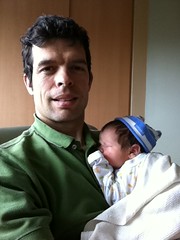



 I also had a chance to give a talk reviewing some of the results of my collaboration with
I also had a chance to give a talk reviewing some of the results of my collaboration with  On June 7 and 8, 2010 I visited the
On June 7 and 8, 2010 I visited the 